
The increasing day length after the winter solstice stimulates workers to clean out cells in the brood nest and the queen to lay eggs in them. As the days get longer and the weather warms up, she increases her egg-laying rate.
The queen mates with a dozen or so drones and stores their sperm in her spermatheca. This has a valve which allows her to choose whether or not to fertilise the eggs she is laying. Both fertilised and unfertilised eggs are fertile and will hatch, develop, pupate and emerge as adults. Fertilised eggs develop into female workers and unfertilised eggs produce male drones. In early spring, the queen is only laying worker brood.
BEE DEVELOPMENT
Eggs hatch in three days. The larvae are fed by nurse worker bees and gain weight very rapidly. At the appropriate time, the cell is sealed with a beeswax capping, the larva pupates and in due course emerges as an adult.
The queen, worker and drone have different development times. Eggs hatch in three days. Queen cells are sealed six days later. The new queen emerges after a further seven days, 16 days after the egg was laid. For a worker, the cell is sealed after six days but the adult emerges 12 days later, 21 days after the egg was laid. The drone takes the longest to develop, the cell being sealed eight days after the egg hatches and the adult emerging 13 days later, a total of 24 days.
Queen larvae are fed royal jelly until the cell is sealed. They also receive food about ten times as often as other larvae. Workers and drones only receive royal jelly for three or four days before their diet is changed to brood food consisting of reduced levels of royal jelly components, plus pollen.
Esta historia es de la edición February 2023 de The Country Smallholder.
Comience su prueba gratuita de Magzter GOLD de 7 días para acceder a miles de historias premium seleccionadas y a más de 9,000 revistas y periódicos.
Ya eres suscriptor ? Conectar
Esta historia es de la edición February 2023 de The Country Smallholder.
Comience su prueba gratuita de Magzter GOLD de 7 días para acceder a miles de historias premium seleccionadas y a más de 9,000 revistas y periódicos.
Ya eres suscriptor? Conectar
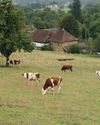
How to Buy a Smallholding in France- Long-time smallholder Lorraine Turnbull looks at the practicalities of moving to rural France
Aspiring smallholders are continually thwarted by the prices of smallholdings and property with land located within the UK. Even the humblest croft in Scotland comes with a substantial price tag and conditions which would make even an adventurous wannabee consider carefully. But all is not lost. For those willing to take the adventure of a lifetime, there is always Europe, and one of the most popular places is France.

Meet the Bournemouth goats and their supporters
These capricious animals are hard workers preserving the natural habitat
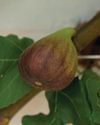
Still warm enough to sit outside with a Pizza
Henrietta Balcon uses fresh figs to create an unusual dish at Harvest time
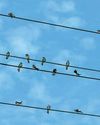
Goodbye to the birds of spring and summer
If you look and listen you might be able to see them preparing to leave says The RSPB
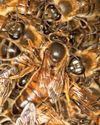
Get ready for the colder weather in the warmth of late summer
Claire Waring advises on doing the best to make sure your colonies survive until next spring
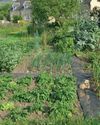
Preparing the Veg Patch for Winter
Lee Senior says, a well-run plot can excitingly continue to produce good quality, tasty, fresh food for much of winter
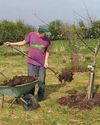
Time to prepare to plant your orchard
Wade Muggleton, smallholder and author of The Orchard Book, shares his practical experience so you can create your own fruit collection
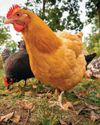
Choosing feed for the autumn
As autumn approaches, Joanna Palmer, nutritionist at the Smallholder Range, offers advice on choosing the right feed to support your adult birds through their annual moult and ensure your young birds grow and finish well at this time of the year.
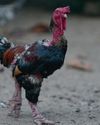
Vet advice from an experienced poultry vet
Reflecting on how much the humble hen has helped people world wide plus advice on stopping the scourge of red mite
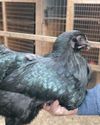
Give your hens some support
Paul Donovan looks at the right and wrong ways of handling birds